|
New York Architecture Images- Search by style Art Deco / Art Moderne |
||||
| See also the section on Setback Style Skyscrapers and the section on Art Deco Metalwork | ||||
| Click here for Top Ten NYC Architecture Art Deco | ||||
| Approximate Dates 1920 to 1940 | ||||

|
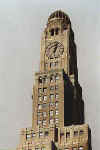
|
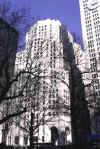
|
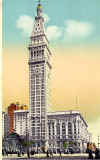
|
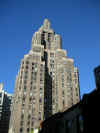
|
| 001 Jones Beach | 005 Williamsburgh Savings Bank | 019A Metropolitan Life Insurance Company, North Building | 019 Metropolitan Life Insurance | 003 One Fifth Ave. |
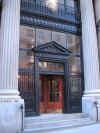
|

|
|
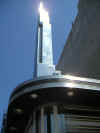
|

|
| 005
Forbes Magazine Building |
020 New York Studio School | 053 401 Broadway Building | 004-Empire Diner | 005 Port of New York Authority Building |

|
 |
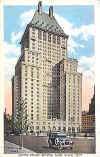 |
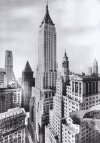
|
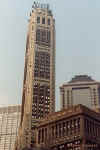
|
| 006 Salvation Army Centennial Memorial Temple | 009 Joyce Theater | 024-Savoy-Plaza Hotel | 037 TRUMP BUILDING | 041 20 Exchange Place |
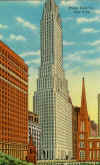
|
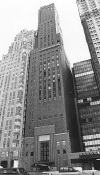
|
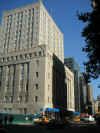
|
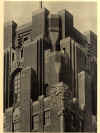
|

|
| 051 One Wall Street BANK OF NEW YORK | ||||
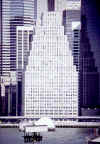
|

|
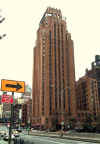
|
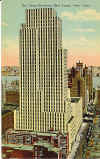 |
 |
|
077 120 WALL STREET |
082 THE 63 WALL STREET |
003
Beekman Tower |
014
Daily News Building |
017
General Electric B |
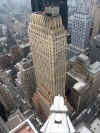 |
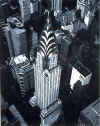 |
 |
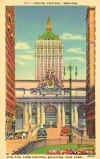 |
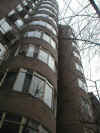 |
| 019
Chanin Building |
021
Chrysler Building |
032
Waldorf-Astoria Hotel |
033
Helmsley B |
044
Rockefeller Apartments |
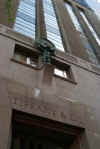 |
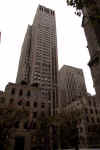 |
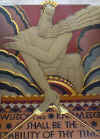 |
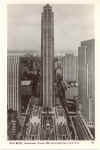 |
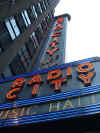 |
| 049
Tiffany’s |
053 International Building | 055 Rockefeller Center | 060 GE Building, originally RCA Building | 061
Radio City Music Hall |
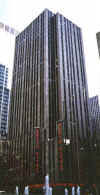 |
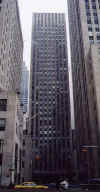 |
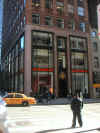 |
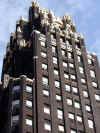 |
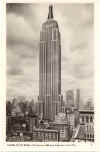
|
| 061A |
062A Cheney Silk Company | 068
American Standard Building |
||
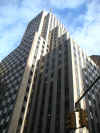
|
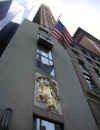 |
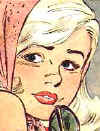 |
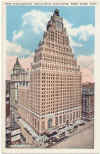
|
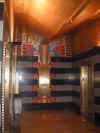
|
| 083 Mutual of New York Insurance | 091
Russian Tea Room |
098
Brill Building |
110
Paramount Building |
131
Film Center Building |
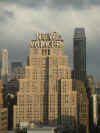
|
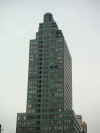
|

|
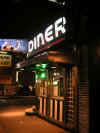
|

|
|
129
New Yorker Hotel |
137
THE BUSH TOWER |
138 Cheyenne Diner |
139
Munson Diner |
|

|

|
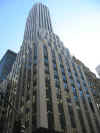
|

|
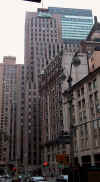
|
|
143
THE NELSON TOWER |
144 275 MADISON AVENUE | 145
THE FRED F. FRENCH BUILDING |
146
THE MONY TOWER |
|
 |
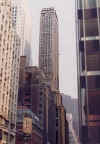 |
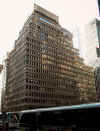 |
 |
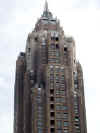
|
| 150
400 MADISON B |
152
444 MADISON BLDG |
154
THE UNIVERSAL PICTURES BUILDING |
162 240 Central Park South | 010 American International Building |
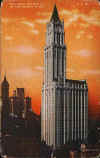
|

|

|
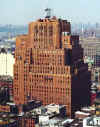
|
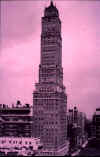 |
| 019 Woolworth Building | 028 Criminal Courts Building | 005 AT&T Headquarters | 016 Western Union Building | 003-Ritz Tower |
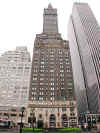 |
 |
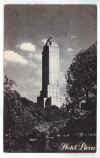 |
 |
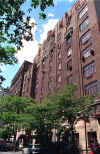 |
| 007-Sherry- Netherland Hotel | 010-Hermes | 017-Hotel Pierre | 018-Bloomingdale’s | 026-Milan House |
 |
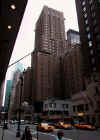 |
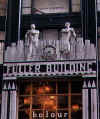 |
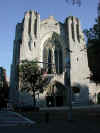 |
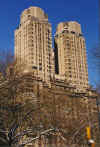 |
| 060-Hotel Carlyle | 105-THE MARRIOTT EAST SIDE HOTEL | 107-THE FULLER BUILDING | 117-Church of the Heavenly Rest | 25 CPW-Century Apartments (008) |
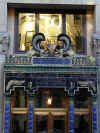 |
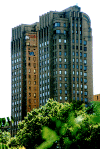 |
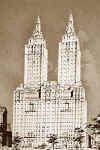 |
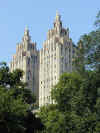 |
|
| 009-Pythian Temple | 115 CPW-Majestic Apartments (016) | 020-Beacon Theater | 145 CPW-San Remo Apartments (021) | 300 CPW- The Eldorado (038) |
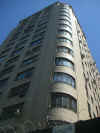 |
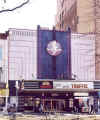 |
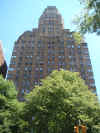 |
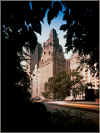
|
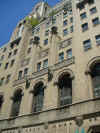
|
|
035-The Normandy |
049-Master Apartments |
066-St
Moritz Hotel (Ritz-Carlton) |
067- The Level Club | |
|
See also the section on Setback Style Skyscrapers and the section on Art Deco Metalwork |
||||
|
The largely French-inspired styles of the era between World Wars I and II, when cubistic structures were embellished by the use of florid ornament inspired by the Paris Exposition of 1925 (Art Deco) and later by sleek streamlined ornament that also influenced the Paris Exposition of 1937 ' Art Moderne . Many polychromed works of Ely Jacques Kahn exemplify Art Deco: the corner-windowed “modernistic” apartment houses of the Grand Concourse in the Bronx and the Majestic Apartments, at Central Park West and 72nd street are Art Moderne. Style Definition Both Deco and Moderne use setbacks to reduce building mass and to emphasize verticality. Unlike "Wedding Cake" buildings, their shapes recede from the street gracefully, not in tiers but in gentler and more carefully positioned steps. Limestone is the most common cladding material, with brick facades common in Art Deco. Prominent architects in the style include Shreve, Lamb & Harmon Associates, Bertram Grosvenor Goodhue, and Lawrence Murray Dixon. In 1925 something else very important happens that would affect the look of skyscrapers—the Exposition Internationale des Arts Décoratifs et Industriels Modernes in Paris. With this exposition the French government intended to showcase the latest in French modern design, though it was an international exposition, as other countries were invited to open up pavilions exhibiting their modern design. The United States was one of the countries invited to have a pavilion, but the government's response was that the nation had no modern design, so there was no United States pavilion. Ultimately, however, this exposition, des arts décoratifs, from which the term art deco comes, had a tremendous influence on American design. Many Americans attended—architects, builders, even the general public. They either traveled to the fair itself or read books about it. So the exposition eventually had a tremendous impact on the look of the city. Now before we look at art-deco buildings, we should note that this style is not synonymous with the setback office building. Very often, buildings like the Barclay-Vesey and the Fred French are called art-deco buildings, though technically they are not. They use different types of ornament. Art deco is a style of ornament imported from France after the 1925 exposition that provided an ornamental overlay on office buildings that were built under the 1916 zoning law. So it is important to note that the style is not synonymous with the zoning law but with a type of ornament that was used after 1925 on buildings in New York. The buildings that Americans saw when they attended the Paris exposition were very small scale, like this one, which was built as the Pavilion Bon Marché for the Bon Marché department store in Paris. But they had a highly ornate decorative quality—using, for example, stylized sunbursts, frozen fountains, and zigzag ornaments—and it was this style of ornament, used on both the pavilions and the modern decorative arts shown at the fair, that the Americans brought back with them. Andrew Dolkart
The period termed "art deco" manifested itself
roughly between the two world wars, or 1920 to |
||||
|
links |
||||